
New releases
A smarter, simpler Attentive
Explore new features →
Explore new features →

Amidst market volatility, customer loyalty is critical to maintaining a healthy revenue stream. Repeat shoppers are already primed to purchase and we found that they come with other great benefits, too.
They’re likely to buy at full price, so you can be less reliant on discounts, and will recommend you to their friends and family, giving you an influx of new customers without the steep acquisition costs.
But brands are up against a lot of challenges in the current economic climate:
However, while loyal customers still care about value, they’re not only looking for the cheapest price. They want brands to deliver high-quality products and make them feel seen, understood, and appreciated.
This creates an opening for brands to deepen customer relationships and secure a more stable revenue stream.
We surveyed 3,300 global consumers in our Consumer Trends Report: The State of Personalized Marketing in 2025. Today, we’re sharing new, unreleased data to uncover what distinguishes consumers’ favorite brands from the competition, how they interact with these brands, and what perks make them feel valued.
As shoppers become more selective about what they buy, loyalty becomes harder to achieve, so it’s more important to get customer retention right. Turning one-time shoppers into repeat customers requires an intentional, data-backed approach. Moving forward, the brands that can deliver personalized experiences at scale will have a significant advantage in earning customer loyalty.
Here’s how brands can build lasting relationships that drive sustainable growth in 2025—even in uncertain times.
38% of shoppers say they are loyal to 5 or fewer brands, compared to just 22% in our 2023 Consumer Trends Report, making each relationship more precious—and more fragile.

Consumers in the US are loyal to more brands than their counterparts in the UK and Australia, suggesting a different cultural attitude toward brand relationships.
Younger consumers are also loyal to more brands than older generations, reflecting how digital-native generations engage with brands across multiple channels and tend to build parasocial relationships with them.
But there’s opportunity in this challenge…
Quality products are table stakes—but they’re not enough to earn lasting customer relationships. When we asked consumers what defines the brands they love, 62% of them (and 74% of Baby Boomers) named high-quality products as important.
Yet only 10% said product quality was their only requirement, revealing that 90% need something more to stick around.
So what separates beloved brands from the competition?
The brands consumers love most make them feel seen, understood, and appreciated.
44% of shoppers say their favorite brands make them feel appreciated or valued, while 43% say these brands understand their preferences and prioritize customers.
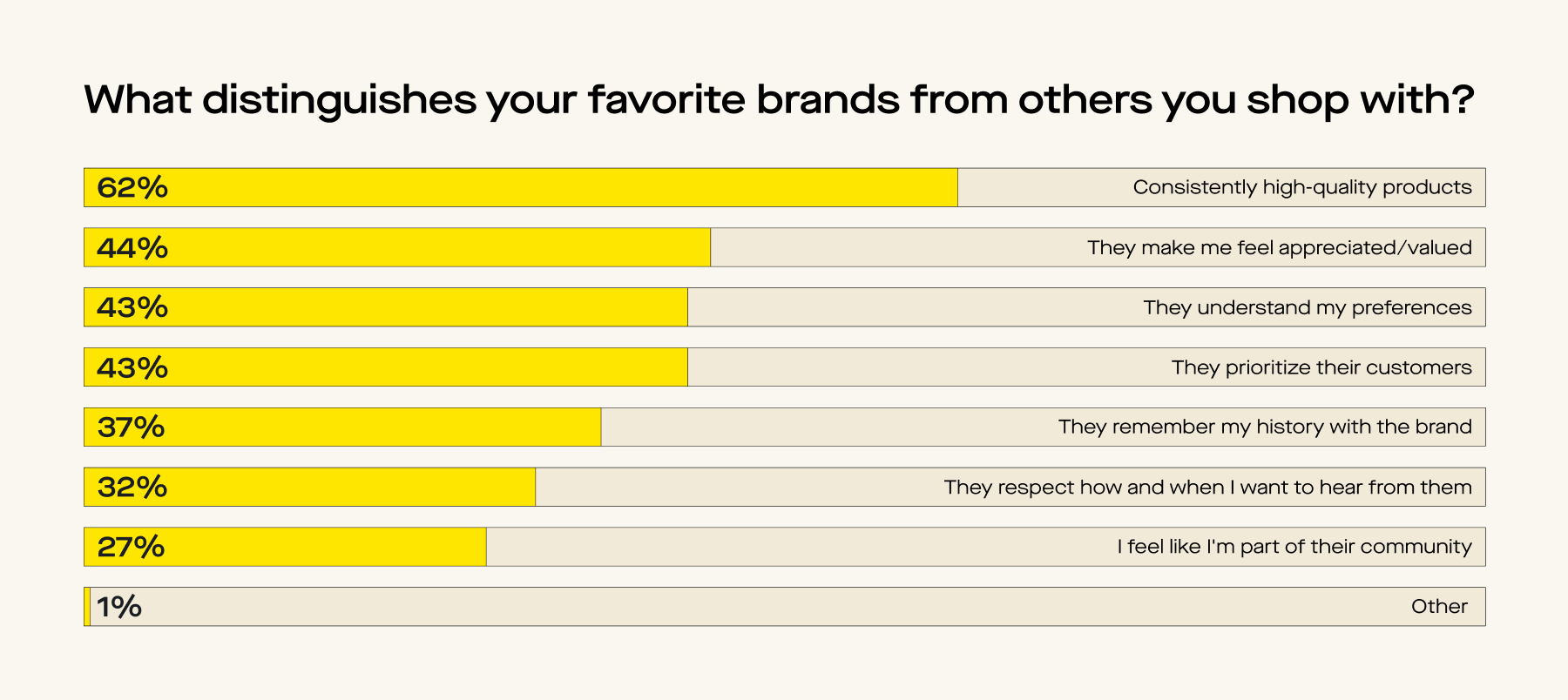
The common thread: favorite brands honor the relationship customers have built with them—whether that’s by respecting their preferences, remembering their brand interactions, or showing appreciation.
The more you know about each customer’s preferences and behaviors, the better you can tailor your marketing approach to match what keeps them coming back.
Start collecting valuable data to create tailored experiences that strengthen customer relationships. Use behavioral data to respond to shoppers’ evolving habits and preferences including how they interact with your website and marketing campaigns and the purchases they make. Collect zero-party data like their product preferences, interests, and personal milestones like their birthdays to gain more context into what matters to them.
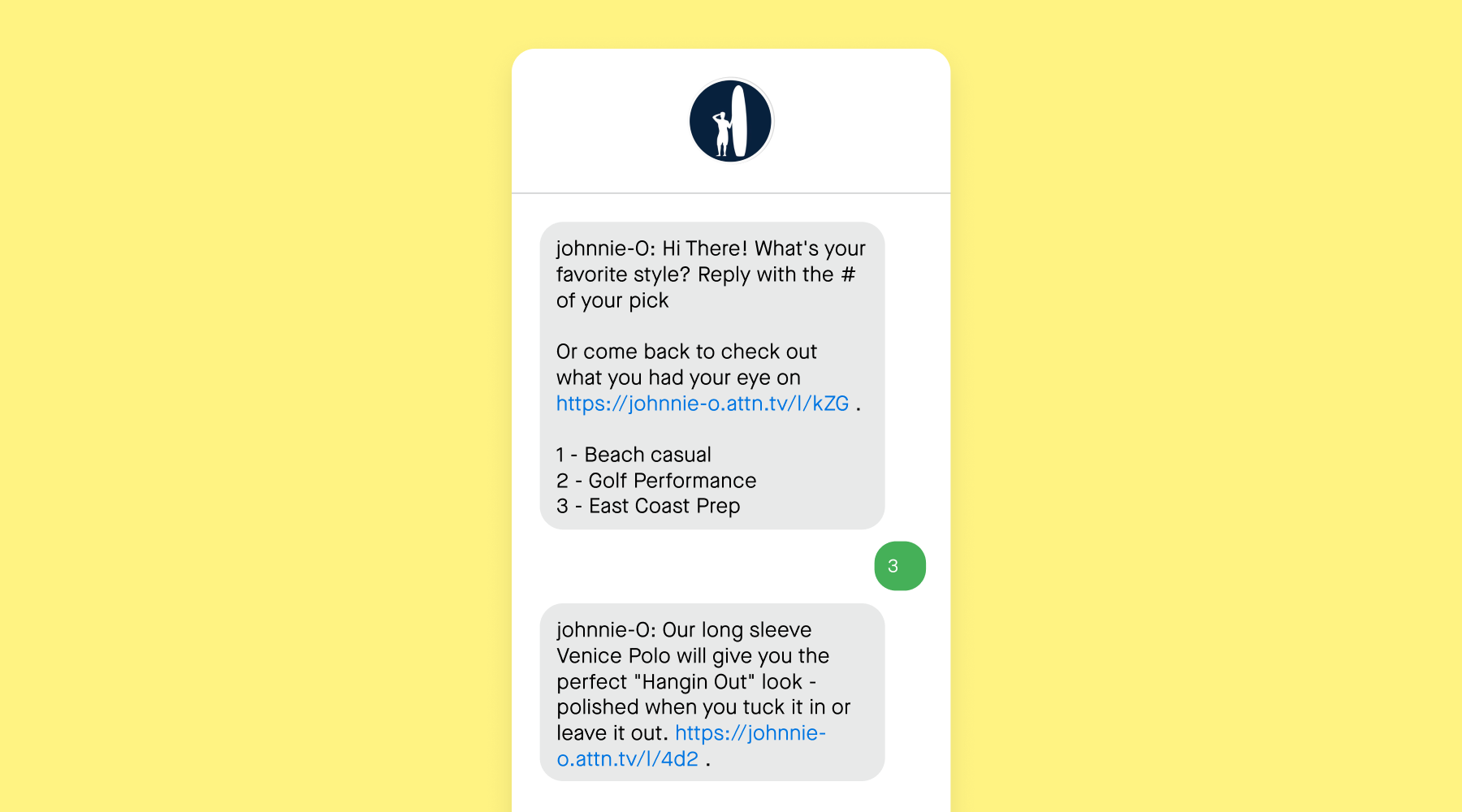
Extra insight: While there was little variation across generations for most of these responses, there was a large difference when it came to community.
Younger consumers are more likely to say their favorite brands make them feel like they’re part of the brand’s community. About a third of Gen Z (34%) and Millennials (33%) say this is an important factor, compared to just 14% of Baby Boomers.
Your dedicated customers do more than keep shopping with your brand. There are other concrete business benefits to investing in customer relationships.
They recommend you to others, buy without discounts, eagerly open your messages, and want to engage across channels. The key is to nurture these behaviors through personalized experiences that make them feel valued.
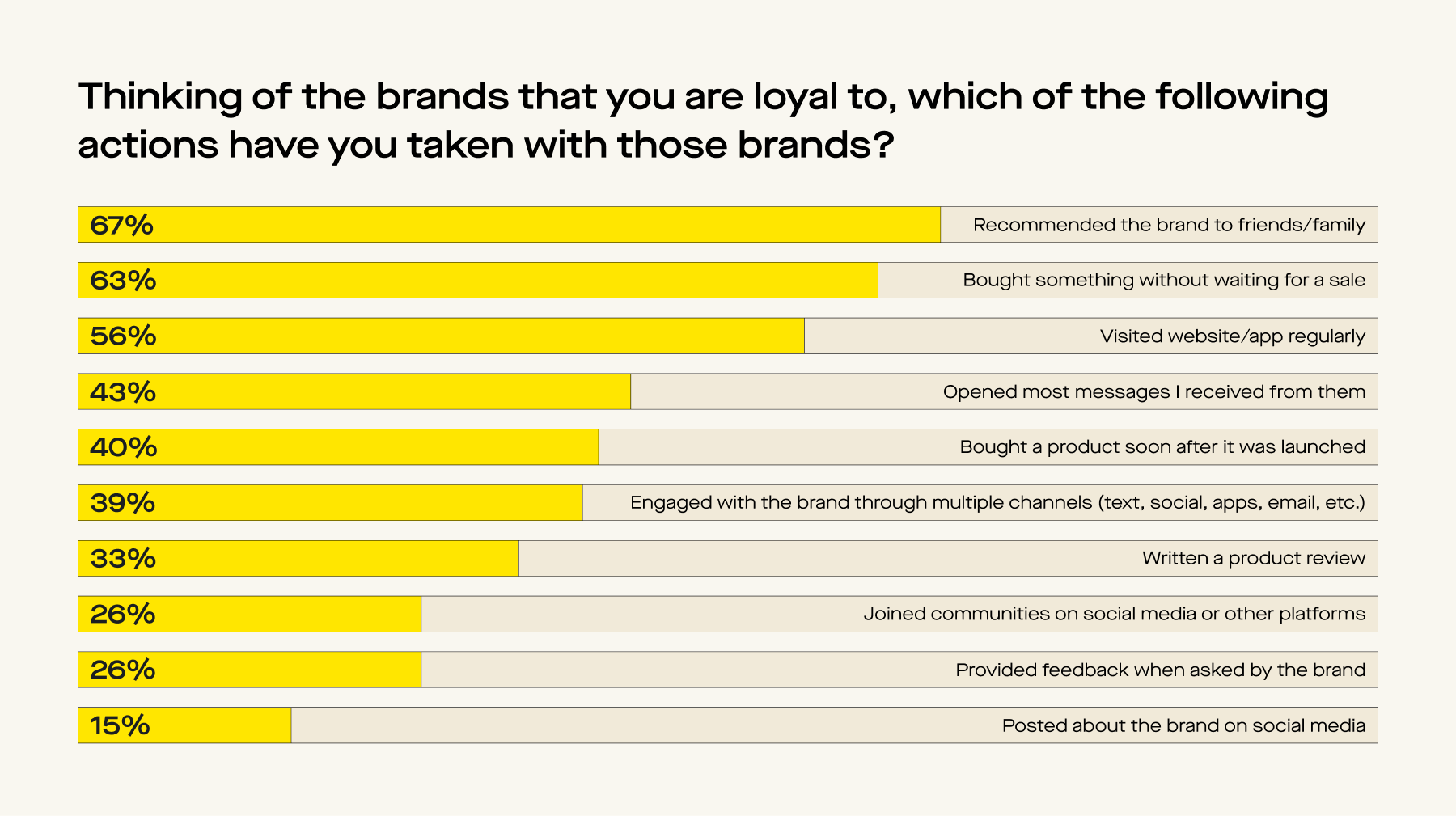
Two-thirds of consumers (and 75% of Baby Boomers) will recommend brands they love to friends and family—and this recommendation carries serious weight. A whopping 85% of shoppers say their purchases are influenced by recommendations from friends and family, making loyalty and word-of-mouth a powerful combo.
Get a referral program going if you haven’t already. Create automated text and email flows that activate after positive interactions, like after leaving a five-star review. Remind your subscribers what they can earn by spreading the word about your brand.
While loyal customers expect exclusive offers and sales, discounts aren’t a requirement to earn their purchases. 63% of consumers will buy from a brand they love without waiting for a sale. For Baby Boomers, that number jumps to 72%.
So your most valuable customers don’t need constant discounting to incentivize purchases. This is particularly important in today’s economic climate. According to our June Attentive Consumer Pulse, 62% of shoppers cite value and price as top purchase drivers, making customers who will buy without waiting for discounts especially valuable to brands.
They still appreciate discounts as a perk but you can create other brand moments between sales that encourage them to buy—like product launches, limited edition drops, or collaborations with creators.
Well-timed messages that align with seasonal and cultural moments can create fresh excitement around existing products, too. Like bringing together a curated collection of Mother’s Day gifts, summer-ready wares, or back-to-school essentials.
AI can help you identify the perfect moment to reach out to each customer based on their relationship with your brand. Tools like Attentive’s AI Journeys analyze customer behavior patterns to predict when shoppers are most likely to purchase. Then, it automatically tailors every aspect of triggered messages in real time—so customers get hyper-personalized messages across the lifecycle.
For example, HOKA uses AI Journeys to automatically send customers personalized follow-up messages. Instead of sending the same message to everyone, the AI tool generates a unique message for each subscriber, incorporating dynamic elements (like the viewed product and social proof) to encourage subscribers to check out.
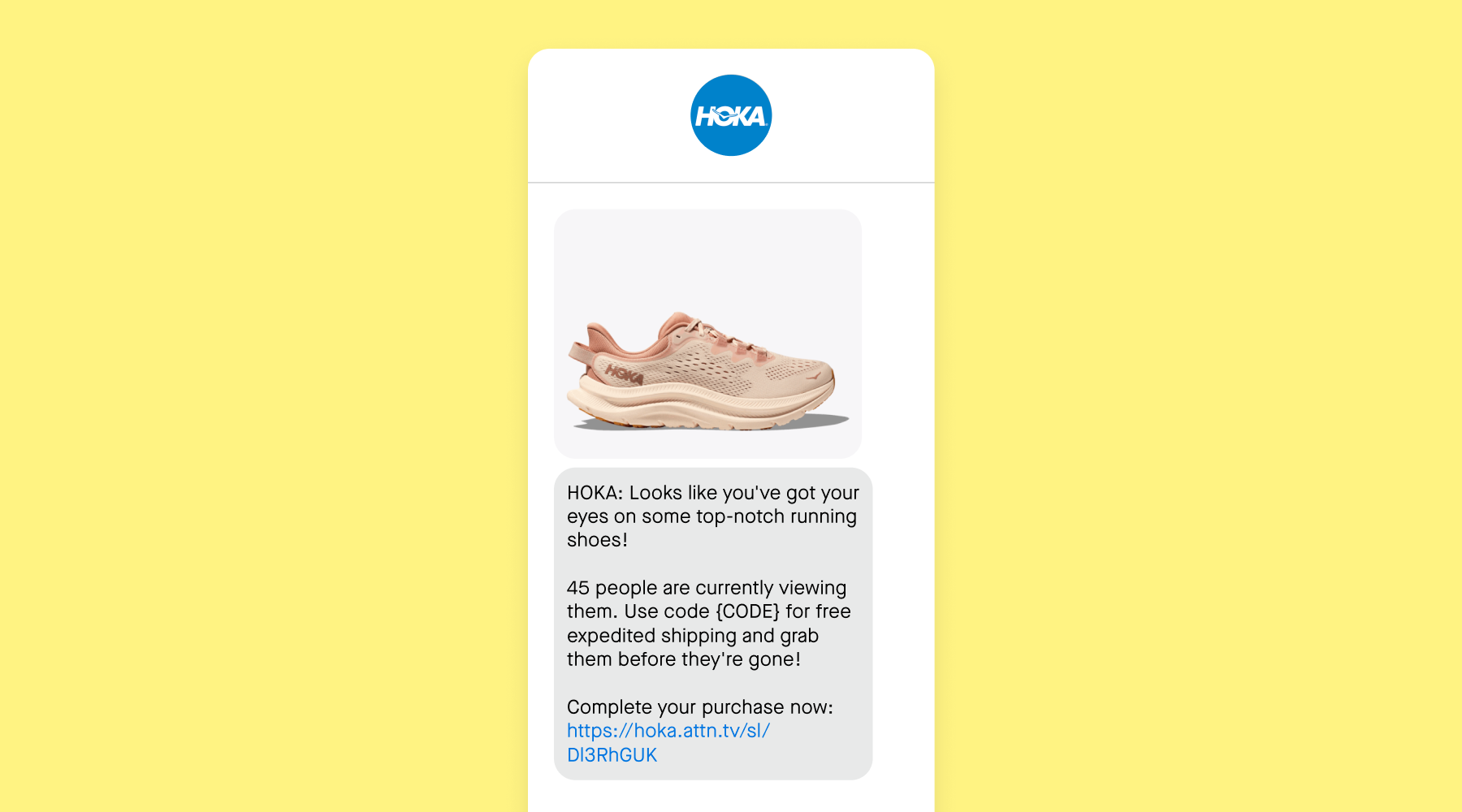
43% of loyal consumers will open most messages they receive from their favorite brands—particularly Baby Boomers at 51%.
Your most dedicated customers are excited to hear from you so don’t shy away from staying in touch with your VIPs more frequently.
Test increasing send frequency to VIP segments or use Attentive AI™ to match message frequency with individual engagement patterns.
Gen Z, Millennials, and Gen X are all much more likely to engage with brands on multiple channels (47% Gen Z compared to 18% Baby Boomers).
Multiple touch points means more opportunities to connect with your customers. Our 2025 Consumer Trends Report reveals that 58% of consumers say they’re more likely to make a purchase when they receive the same promotion across channels.
Create coordinated campaigns that leverage each channel’s strengths:
Don’t be afraid to promote across channels, like featuring social UGC in an email or promoting your Instagram Live via text.
40% of shoppers say they’ve bought a new product soon after it launches from their favorite brand. Though Baby Boomers (28%) are less likely to be enticed by new products.
Younger generations have a greater appetite for novelty and innovation. So you can build excitement around new product drops and limited edition items and emphasize what’s unique about them.
For older shoppers who value consistency, focus your campaigns on how new products enhance the quality and reliability of products they already trust. Emphasize continuity with the aspects of your brand they already value and frame innovations as improvements on well-loved features rather than radical changes.
Baby Boomers love giving feedback to the brands they love. 42% of Baby Boomers say they’ve provided feedback when asked by the brand, compared to just 13% of Gen Z.
This indicates that Baby Boomers don’t just want to contribute to the brands they support, they value being heard. Use post-purchase and occasional R&D surveys or Two-Way Journeys to ask for their feedback while helping them feel connected to your brand.
Two-Way Journeys collect valuable information via SMS that you can use to improve your product offerings, loyalty and rewards program, and customer service. And they help you gain insights to personalize these shoppers’ experiences more effectively.
There’s more: Learn 3 generational trends to drive better marketing performance.
Understanding what perks resonate most with your customers helps you design loyalty and rewards programs that keep them coming back. Our research identified three perks that consumers value most.
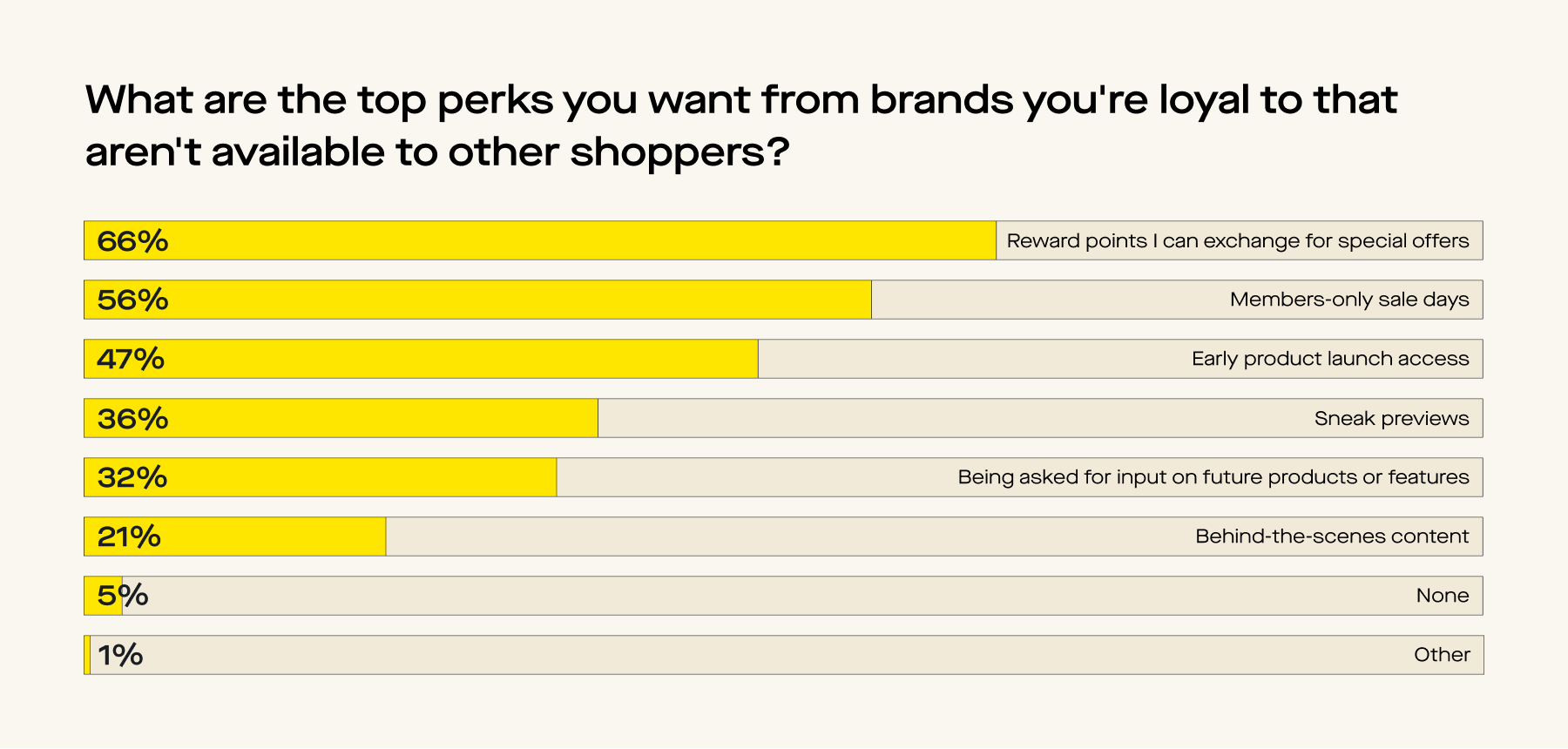
Two-thirds of consumers want their favorite brands to reward them with points they can exchange for special offers. If you haven’t started a loyalty program yet, this is your sign to create one.
Baby Boomers particularly love earning points with 72% wanting this perk from brands.
But the real power comes in activation: 68% of shoppers said they’re more likely to purchase when they receive reminders about unused reward points.
Many customers forget about their accumulated points. So send proactive reminders about loyalty points and what shoppers can earn by redeeming them.
The second top perk shoppers want is members-only sale days (56%). While a sale will get anyone to shop, giving your VIPs exclusive deals will make them feel special.
Shoppers in Australia are particularly partial to members-only sales day, with 69% of them desiring this perk.
The third top perk consumers want is early access to product launches (47%).
New products already bring excitement, but when you give your VIPs a chance to shop before anyone else, it can shorten their consideration window while making them feel valued—especially if you’re releasing limited edition products or variants that may go out of stock.
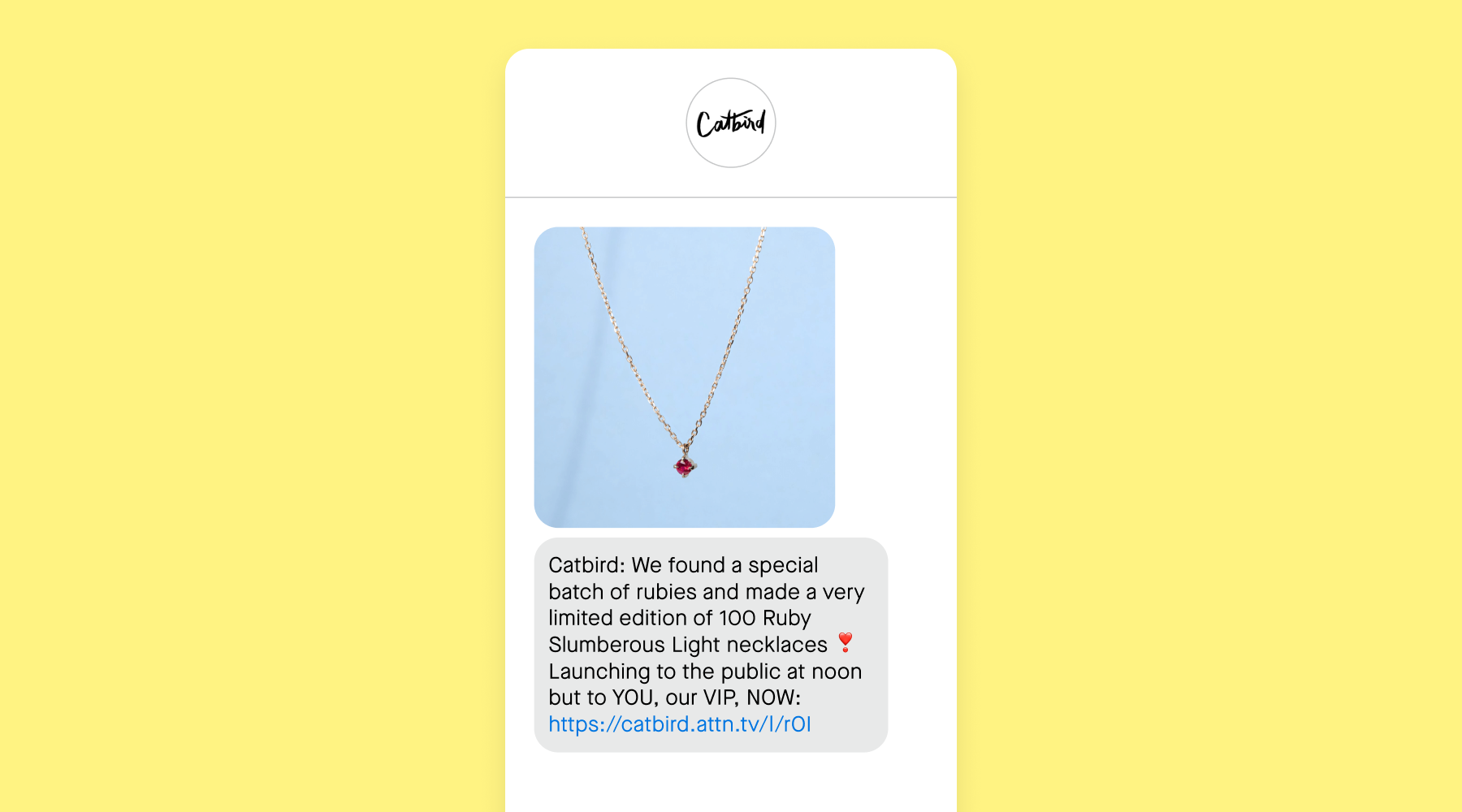
Against current economic pressures, where our Attentive Marketer Pulse shows 68% of marketers have had to adapt their strategies due to uncertainty, developing loyalty has become all the more important to get right.
When we asked consumers what makes them most likely to continue shopping with a brand, it came down to three key factors:
This points to personalization as the foundation for building long-lasting customer relationships. The challenge is doing this at scale.
That’s why 88% of marketers are turning to AI to maximize efficiency and performance in this period of uncertainty.
Attentive AI™ can help you deliver on these loyalty drivers at scale by creating 1:1 personalized experiences that resonates with each customer:
The brands that master these personalization capabilities will build lasting customer relationships that drive sustainable growth—even amidst economic pressures.
Learn more about what drives consumer behaviors in 2025: Download the Consumer Trends Report: The State of Personalized Marketing in 2025 for more actionable insights.

In January 2025, we partnered with CITE Research to survey 3,300 consumers (2,000 US respondents, 1,000 in the United Kingdom, and 300 in Australia) about their shopping habits and brand interactions.
Survey participants met the following criteria: